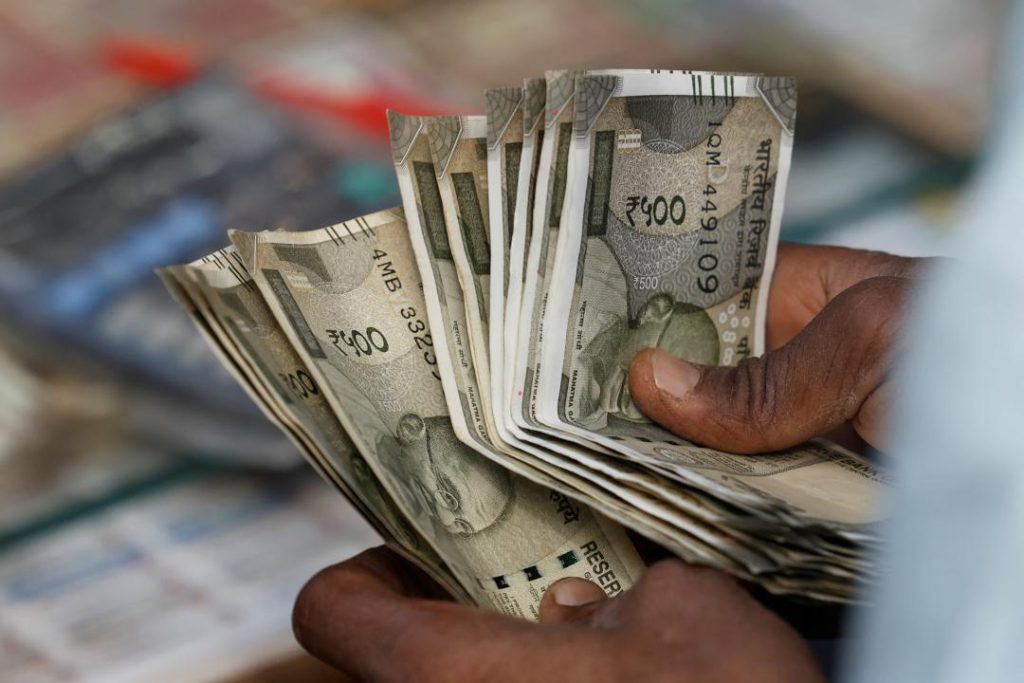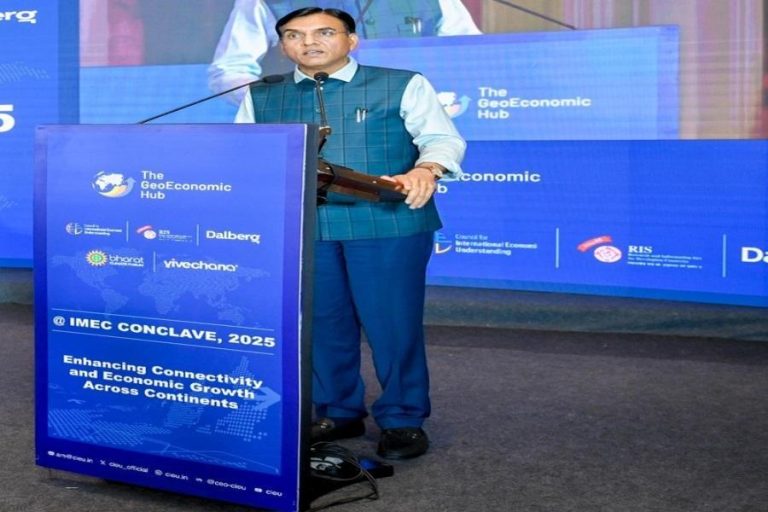
What Got Cheaper and Costlier in March as CPI Falls to 67-Month-Low of 3.34%?
The Consumer Price Index (CPI) in India has finally shown some respite, falling to a 67-month-low of 3.34% in March. This significant decline is a welcome relief for consumers, who have been grappling with the rising costs of living for quite some time now. As the cost of living continues to be a pressing concern for many, it’s essential to take a closer look at what got cheaper and costlier in March.
According to the latest data released by the Ministry of Statistics and Programme Implementation, prices of eggs, vegetables, and pulses saw considerable declines in March. For consumers, this is a significant development, as these essential items are a staple in many Indian households. The decline in prices is attributed to factors such as a good harvest, improved supply chain management, and reduced transportation costs.
Eggs, in particular, saw a significant decline in prices, with a drop of 4.33% compared to the same period last year. This is a welcome relief for egg lovers, who had been complaining about the rising costs of eggs. Vegetables, on the other hand, saw a 3.45% decline in prices, with a significant reduction in prices of vegetables like potatoes, onions, and tomatoes. Pulses, which include lentils and chickpeas, saw a 4.21% decline in prices.
Spices, meat, fish, housing, recreation, and amusement saw marginal declines in prices, ranging from 0.1% to 1.1%. These declines are a result of a combination of factors, including improved supply chain management, reduced transportation costs, and a good harvest. For consumers, this means that they can enjoy their favorite spices, meats, and fish without breaking the bank.
Fruit prices, however, saw a significant jump of 10.46% in March. This is a concerning trend, especially during a time when the CPI is at a 67-month-low. The increase in fruit prices is attributed to factors such as a poor harvest, reduced supply, and increased demand. Consumers may need to be prepared to pay a premium for their favorite fruits in the coming months.
Prices of cereals, milk, oil, sugar, confectionery, clothing, snacks, sweets, pan, tobacco, footwear, fuel, health, and education saw marginal rises, ranging from 0.1% to 2.1%. These increases are a result of factors such as increased demand, reduced supply, and higher production costs. While these increases may be a concern for consumers, it’s essential to note that they are relatively small and may not have a significant impact on the overall cost of living.
The decline in CPI is a significant development, and it’s essential to understand the factors that contributed to this decline. According to the Ministry of Statistics and Programme Implementation, the decline in CPI was largely driven by a decline in prices of food and beverages, which account for around 46% of the CPI. The decline in food prices was largely driven by a decline in prices of vegetables, pulses, and eggs.
The 67-month-low CPI is a welcome relief for consumers, who have been grappling with the rising costs of living for quite some time now. As the cost of living continues to be a pressing concern for many, it’s essential to take a closer look at what got cheaper and costlier in March. For consumers, this means that they can enjoy their favorite foods, including eggs, vegetables, and pulses, without breaking the bank. While there are some concerns about the increase in fruit prices and marginal rises in other categories, the overall decline in CPI is a significant development that is likely to have a positive impact on the overall economy.
In conclusion, the decline in CPI to a 67-month-low of 3.34% is a significant development that is likely to have a positive impact on the overall economy. As consumers, it’s essential to take a closer look at what got cheaper and costlier in March, and plan accordingly. Whether you’re an egg lover, a spice enthusiast, or a fruit fan, there’s something for everyone in the latest CPI data.
News Source:
https://pib.gov.in/PressReleseDetail.aspx






